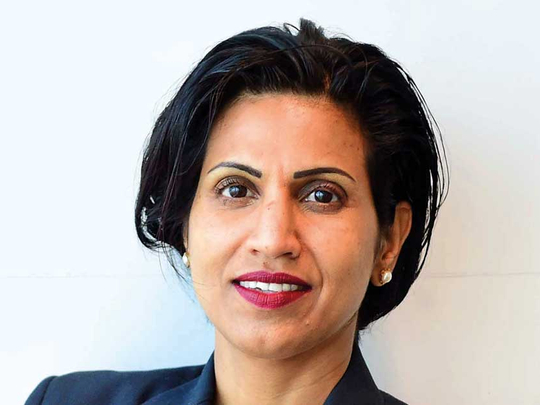
Dubai: Rising funding costs as a result of Fed rate hikes could eventually translate into pressure on margins for GCC banks, but in the immediate future the impact is not all that bad according to analysts.
Many analysts said, GCC banks that depend on current and time deposits funding are likely to benefit from higher rates in the short-run.
“Given pegged nature of the currencies in the GCC, local rates can not deviate materially away from the rate changes in the US. Cost of borrowings for the banks will go up, however given high level of current account deposits in the system, bank’s borrowing needs are less and therefore the absolute increase in their borrowing cost will be lower than the income they will generate on lending at higher rates to the customers. So overall, increase in US rates will be positive for the local banks,” said Anita Yadav, Senior Director — Global Markets & Treasury, Head of Fixed Income Research at Emirates NBD.
In the immediate future, banks that are able to reprice their loans while remaining locked to the existing rates on deposits stand to gain.
“On the positive side, the net interest margins of banks will obviously expand because they’ll be able to re-price their loans, but the benefit to the banks will only happen, say, in third quarter going into fourth quarter. If there’s more than one interest rate hike in 2017, then the benefits of later hikes will [kick in] early next year,” Sanyalaksna Manibhandu, director of research at the National Bank of Abu Dhabi Securities.
On a positive note, strengthening currencies will reduce cost of imports, thereby improving the terms of trade. Strengthening terms of trade are generally a good thing for an economy as they imply a higher standard of living and stronger economic growth, particularly where economic inputs are largely imported. They also imply lower inflationary pressures as the imported basket of consumption will see price deflation. In the GCC, where a large percentage of domestic consumption is import dependent, this effect is significant.
On the other hand, a strengthening terms of trade may not be such a good thing in the context of efforts to diversify GCC economies.
Although economists do not foresee any change in GCC FX policy in 2017, they do not rule out rising pressure on currency pegs in the context of down side risks to oil prices that could renew speculation or capital outflows could accelerate in an environment of tighter US monetary policy.
Saudi balance of payments (BoP) data suggests financial outflows are continuing, likely reflecting private sector hedging and official outward flows. Financial flows were the largest driver of Fx reserve loss in the first nine month of 2016.
“While the market is focused on the fiscal outlook, this should not obscure the other challenge facing authorities, which is to tame the capital outflows. This situation is relatively peculiar for the Saudi authorities,” said Jean-Michel Saliba, an economist with Bank of America Merrill Lynch.
The rising divergence between the US business cycle (where growth is accelerating along with inflationary pressures) and the GCC cycle (where it is decelerating) as happened in 2007- 2008, going forward there could be calls for greater monetary policy independence.












